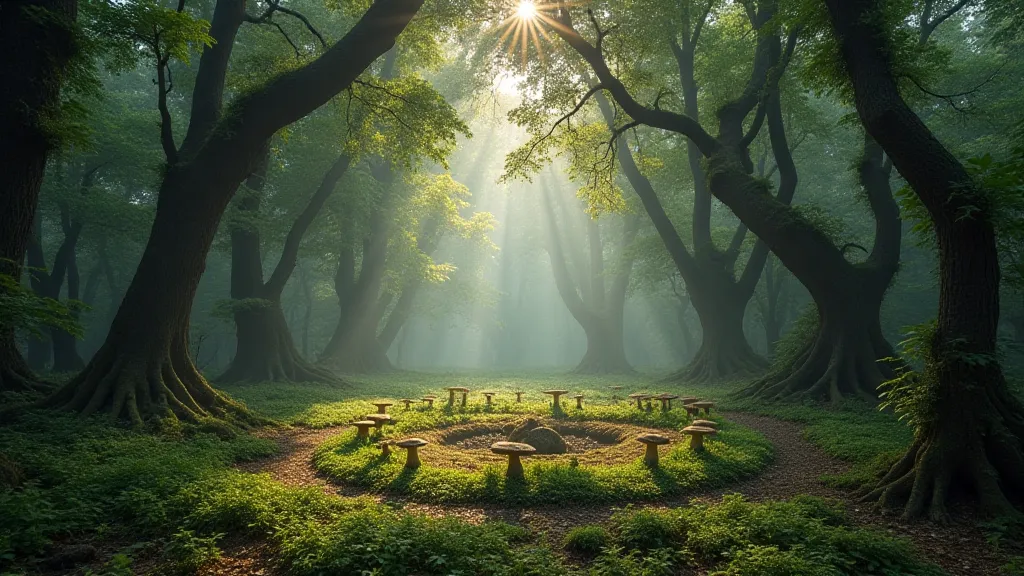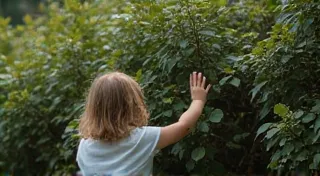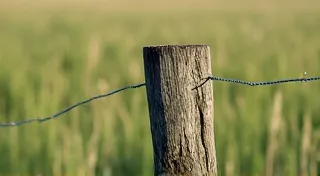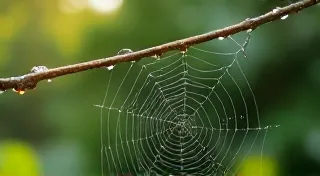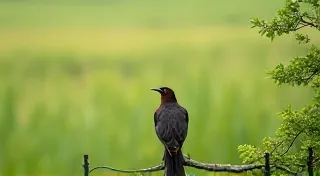The Silent Choir: Fairy Rings and Animal Behavior
The air hangs thick and humid, scented with damp earth and the earthy sweetness of decaying leaves. Rain has fallen recently, intensifying the aroma, and the woods feel ancient, watched over by something unseen. Standing within a fairy ring, the feeling is palpable – a sense of stillness, of held breath. It’s a feeling that has, over centuries, interwoven itself into the folklore of countless cultures. And it's a feeling that has often been observed not just by humans, but by animals, whose reactions to these mystical circles often defy easy explanation.
My grandfather, a meticulous clockmaker with hands that could coax life back into the most stubborn mechanisms, was also a keen observer of the natural world. He’s the one who first instilled in me a respect for these silent circles. He’s the one who taught me to listen, not just with my ears, but with my senses, to discern the subtle nuances of the woods. He always said, “They whisper, you know. You just have to learn to hear them.” He’s the one who told me stories of animals avoiding the rings, of foxes circling them warily, of deer refusing to graze within their borders.
The Folklore of Fear and Respect
Across Europe, and beyond, fairy rings—those distinctive circles of mushrooms formed by certain fungi—have been steeped in superstition and fear. The ancient Celts believed them to be portals to the Otherworld, places where the veil between our realm and theirs was thin. To enter a fairy ring was to risk being transported to the land of the fae, where time flowed differently, and one's fate was entirely at the mercy of capricious spirits. In Scandinavia, similar beliefs persisted, with fairy rings seen as dance floors for the elves, and those who stumbled upon them were at risk of being forced to dance until exhaustion or even death.
This fear naturally extended to the animals of the region. If humans were to avoid these places, so too would their animal companions. Tales abound of livestock being driven away from pastures containing fairy rings, and of wild animals exhibiting unusual aversion. This wasn't simply fear of the supernatural, but perhaps an instinctive understanding—on a level beyond human comprehension—of the unusual properties of the fungi themselves.
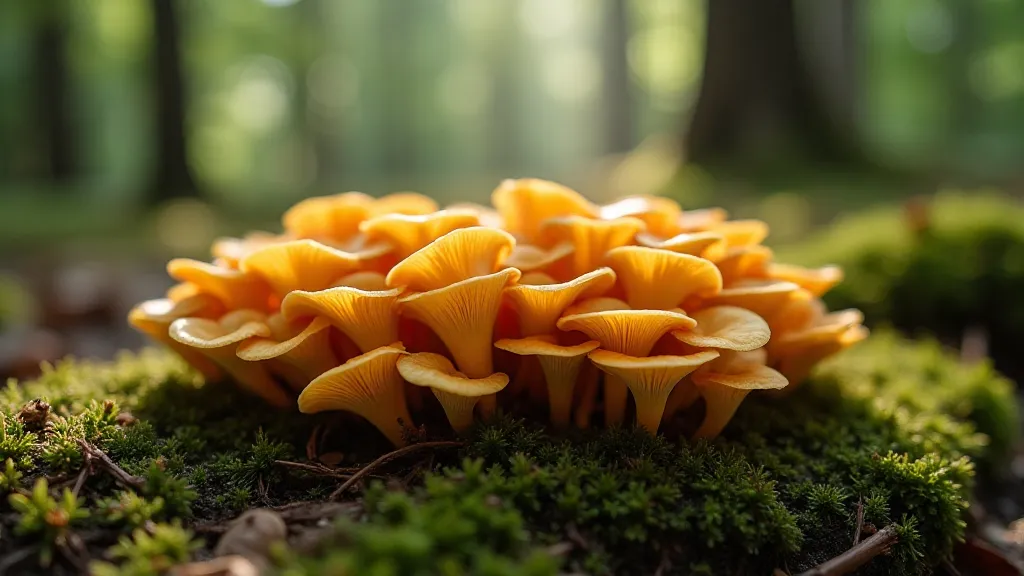
Beyond Avoidance: Attraction and Peculiar Routines
While avoidance is the dominant theme in much fairy ring folklore, there are intriguing accounts that suggest a different relationship between animals and these fungal circles. In some regions, certain animals appear to be drawn to them. Farmers have reported sheep and goats repeatedly attempting to enter fairy rings, despite apparent attempts to deter them. The reason for this attraction remains a mystery. Is it a simple curiosity? Could the fungi produce substances that, while potentially harmful in large doses, offer a subtle, almost imperceptible allure?
There’s also evidence suggesting that animals exhibit peculiar routines near fairy rings, even if they don't actively enter them. Birds, for example, have been observed circling above them in distinct patterns, and rodents sometimes build nests in the immediate vicinity, despite the potential dangers. One fascinating, though anecdotal, account speaks of a local shepherd who noticed a fox consistently using a fairy ring as a vantage point for hunting, returning to it after each successful raid. Was the fox aware of some advantage offered by the ring’s unique properties? Did it provide better visibility, or perhaps mask its scent?
These observations are rarely documented scientifically, often relying on the memories and testimonies of local people—the keepers of these oral traditions. Yet, they paint a compelling picture of a complex relationship between the animal kingdom and the enigmatic fairy rings.
The Science of the Silence
Modern science has begun to shed some light on the phenomena associated with fairy rings, though it hasn's completely demystified them. The mushrooms themselves are the fruiting bodies of fungi that spread outwards, forming the distinctive circular shape. These fungi can release spores that can affect the grass and soil around them. This effect can lead to patches of dead or stunted grass, which could explain why animals might avoid these areas.
However, the unusual behaviors often attributed to fairy rings—the inexplicable attraction, the peculiar routines—are more difficult to explain through a purely scientific lens. Some researchers speculate that the fungi might produce volatile organic compounds (VOCs) that influence animal behavior. These VOCs could act as pheromones, triggering attraction or repulsion, though more research is needed to confirm this hypothesis. The air within a fairy ring can also sometimes become unusually still, devoid of the gentle breezes that stir the surrounding forest. This stillness could contribute to an eerie, unsettling atmosphere that influences animal perception.
My grandfather used to restore antique accordions. He spoke of the meticulousness required, the delicate balance of air and reed, the need to understand the instrument’s soul. Restoring an accordion, he explained, wasn't just about fixing broken parts; it was about reviving its voice, ensuring it could sing again. Similarly, understanding the mysteries surrounding fairy rings requires a delicate approach, a willingness to listen to both the scientific explanations and the ancient whispers of folklore.

A Living Legacy
The folklore of fairy rings is a living legacy, passed down through generations. It’s a reminder of our deep connection to the natural world, and the profound respect that our ancestors held for the unseen forces that shape it. Whether viewed through the lens of superstition, scientific inquiry, or simple curiosity, fairy rings continue to captivate and intrigue us.
The animal behaviors associated with these enigmatic circles offer a unique window into a world beyond our immediate understanding. They challenge us to question our assumptions, to listen to the subtle cues of the natural world, and to appreciate the ancient wisdom embedded in folklore. And perhaps, most importantly, they remind us that there are still mysteries to be unveiled, secrets to be shared by the silent choir of the woods.
